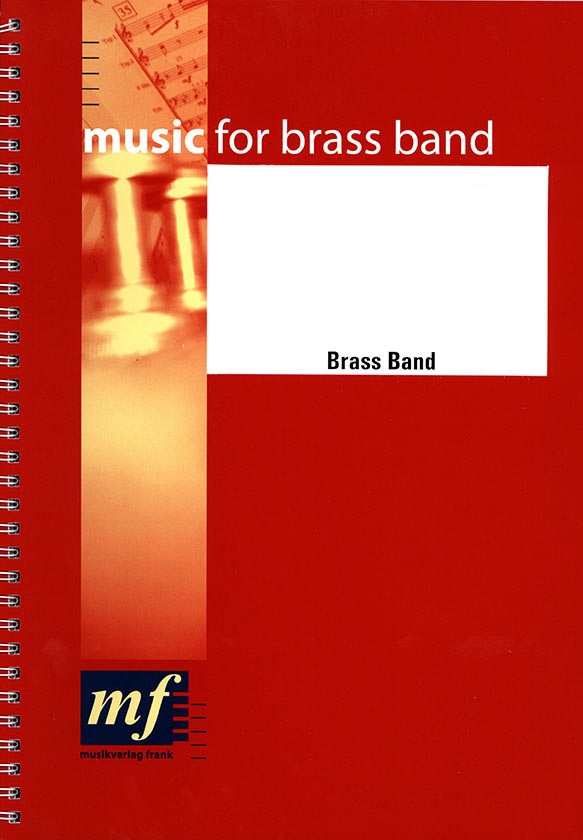We've found 650 matches for your search. Order by
Results
-
 £19.60
£19.60PEACHERINE RAG (Partitur/Score) - Joplin Scott - Dance Colin G.
Estimated dispatch 7-14 working days
-
 £69.60
£69.60 -
 £44.60
£44.60 -
 £66.60
£66.60 -
 £44.60
£44.60PORTRAIT: THE EXE ESTUARY (Partitur/Score) - Dance Colin G.
Estimated dispatch 7-14 working days
-
 £39.60
£39.60SEND IN THE CLOWNS - Sondheim Stephen - Dance Colin G.
Estimated dispatch 7-14 working days
-
 £24.60
£24.60SEND IN THE CLOWNS (Partitur/Score) - Sondheim Stephen - Dance Colin G.
Estimated dispatch 7-14 working days
-
 £38.60
£38.60SWING LOW SWEET CHARIOT - Traditional - Dance Colin G.
Estimated dispatch 7-14 working days
-
 £19.60
£19.60SWING LOW SWEET CHARIOT (Partitur/Score) - Traditional - Dance Colin G.
Estimated dispatch 7-14 working days
-
 £35.60
£35.60
